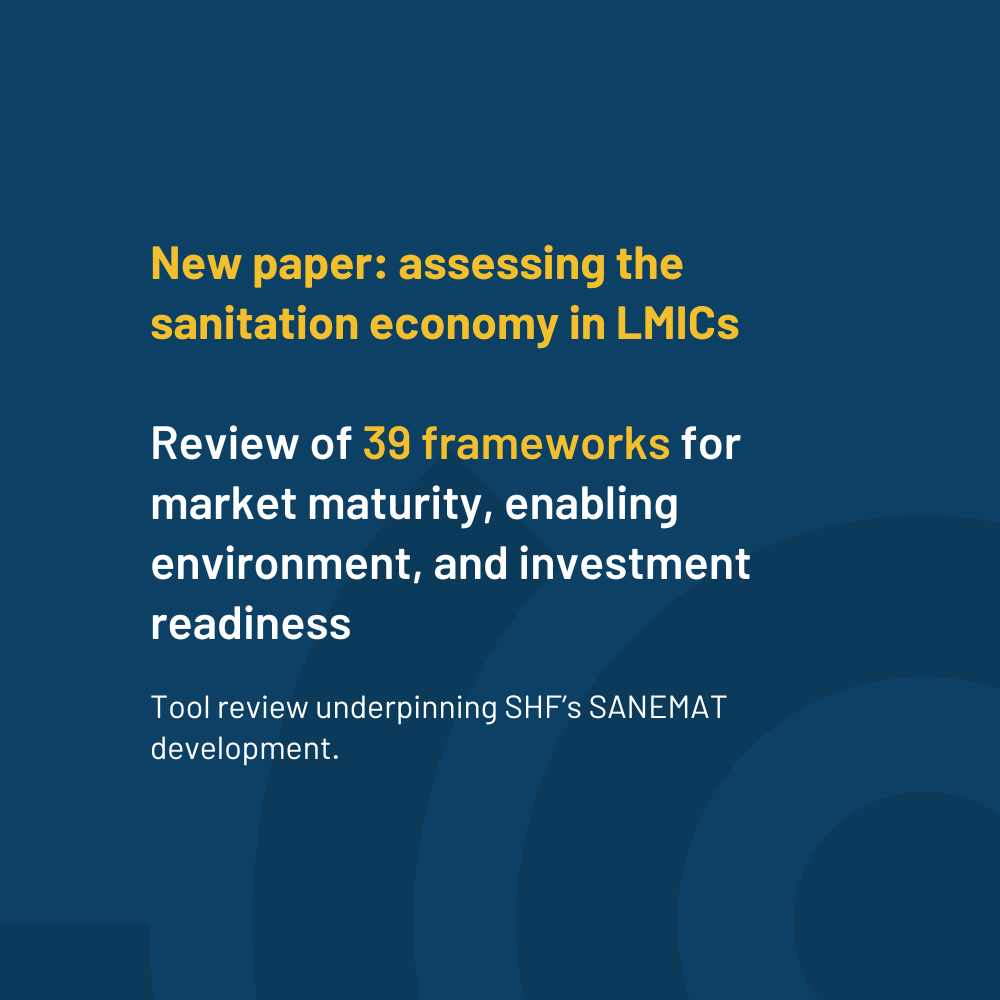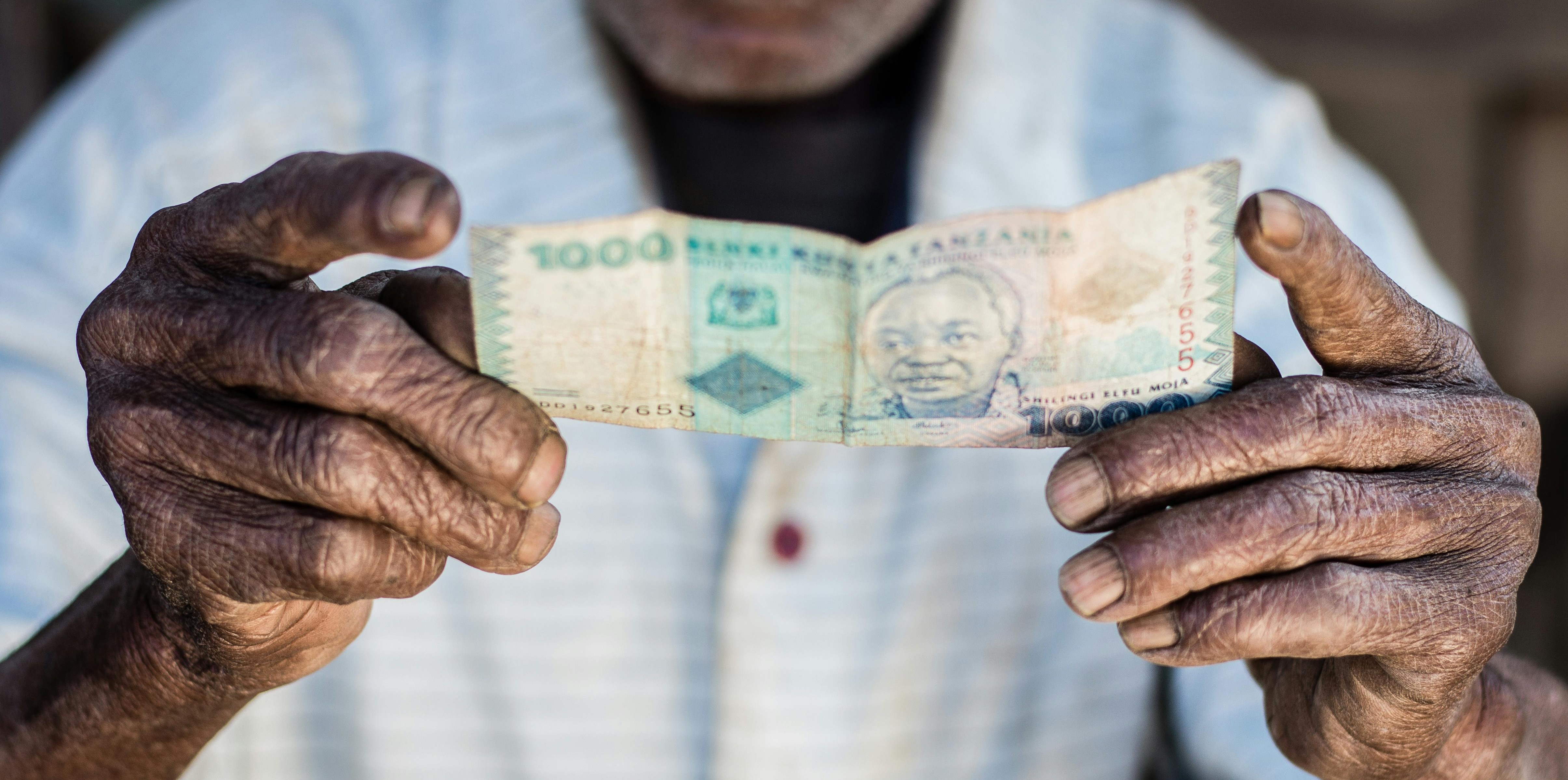
Beyond Access: How Results-Based Financing is Unlocking Sanitation Gains, Funds and Impact

The Improved Sanitation and Hygiene Results-Based Financing (RBF) component of the Sanitation and Hygiene Fund (SHF) project in Uganda, implemented by Water For People, is making significant strides in improving access to sanitation. Through a performance-linked approach that strengthens public-private coordination, the initiative is unlocking sustainable sanitation markets and achieving measurable results.
According to Brenda Achiro Muthemba, Country Director of Water For People Uganda, the model has led to a more than 100% increase in access to safely managed sanitation, and an 87% increase in access to basic sanitation among target households, schools, and healthcare facilities.
Can you tell us a little more about the SHF project in Uganda and how the RBF component works?
Water For People Uganda is implementing a three-year, USD 5 million SHF-funded project across seven districts to increase access to sanitation and hygiene services. The initiative places a strong emphasis on building a viable local sanitation economy—by supporting both demand generation and private sector supply.
So far, the project has reached over 53,000 people with improved sanitation solutions and provided capacity-building and financing support to 50 sanitation enterprises. Now, to accelerate and deepen its impact, the project has introduced an RBF component that incentivizes results instead of inputs.
The RBF model is designed to scale access to safely managed and basic sanitation, particularly in urban and peri-urban areas, by engaging public, private, and community stakeholders in a system that rewards verified performance. This helps unlock sustainable sanitation services, including reliable pit emptying and fecal sludge treatment, through market-driven mechanisms.
Could you share a detailed step-by-step breakdown of the RBF process?
Of course. The RBF model essentially consists of five steps invoicing a multitude of actors being led by the Government of Uganda who is the primary investor.
In Step 1 i.e. Initial Investment Capital, the Government of Uganda (GOU) provides the initial "working capital" or input-based funds derived from existing sanitation allocations, including the District Water and Sanitation Transitional Conditional Grant (DWSTG) from the Ministry of Water and Environment (MWE) and the Primary Health Care Non-Wage Recurrent Grant (PHC-NWRG) from the Ministry of Health (MOH).
In Step 2 i.e. Disbursement of Funds, MWE disburses the DWSTG to the respective District Local Governments (DLGs) to execute activities aimed at achieving predefined sanitation and hygiene outcomes. MOH disburses PHC-NWRG directly to Health Care Facilities and part of it is allocated to the Environmental Health Staff to execute sanitation and hygiene activities within the nearby communities. The utilization of funds from the two grants adheres to the DWSTG and PHC-NWRG guidelines.
With the funds secured, in Step 3 i.e. demand Activation, Environmental Health (EH) staff from the district and sub-counties identify priority communities and conduct mobilisation meetings to raise awareness. These meetings also involve private sector actors and financial institutions, who offer services to households interested in constructing toilets or accessing financing for sanitation improvements. Following the meetings, EH staff conduct door-to-door follow-ups to ensure that households who made commitments take action. They also engage households without facilities, encouraging them to construct basic or safely managed sanitation systems.
Following implementation of improvements, the District Local Government then requests for independent verification to assess and verify results reported under Step 4, also known as Independent Verification.
The verification is done by a National Task Team comprising representatives from the MWE, MOH, Office of the Prime Minister (OPM), Ministry of Finance, Planning and Economic Development (MoFPED), District Local Government and Water For People.
In Step 5 i.e. Results Incentivization, where once results are verified, SHF disburses performance-based incentives to the DLGs. These funds are then reinvested to expand the initiative into new villages—amplifying the impact and promoting long-term sustainability.
This is very interesting. Could you share how this process is then translating into impact?
Indeed, each step of the process contributes towards the building of a robust sanitation supply chain that is connecting households seeking sanitation services to businesses providing them with the critical support of the public sector that is responsible for creating an enabling environment for such a supply chain to thrive. Concretely, we’ve seen improved access to safely managed and basic sanitation, over 100% and 87% respectively of target households, schools, and healthcare facilities. The project is also helping build sanitation solutions that work for adolescent girls and children with disabilities. Early results are encouraging, and we’re discovering more and more opportunities for better sanitation outcomes each day.
While the results indicate the potential of this approach, could you please share why RBF was chosen for this project in the first instance?
Every year, the Government of Uganda (GoU) invests in improving sanitation and hygiene across districts; however, progress in basic and safely managed sanitation has increased by only 2% over the past 10 years (2012 to 2022), according to the JMP. Uganda’s sanitation challenges demand diligence, innovative and sustainable solutions. We opted for RBF because it promotes efficient utilization of limited public finances, incentivizes the sanitation market by accelerating private sector participation to improve service quality and products availability resulting in more toilets constructed and emptied, thus more people served. We also aim to enhance exemplary leadership at the local level to champion sanitation progress, foster accountability, and inspire community-wide behavior change. In my view, the biggest success of the RBF initiative has been how long stagnant or underused funds from the Ministry of Health and Ministry of Water and Environment are now being put to efficient use to promote improved sanitation and hygiene in households and health facilities. The initiative has energized the private sector in expanding, reaching and responding to community needs and is helping to build a functioning sanitation economy in places where services were weak or limited.
Are there any specific learnings you would draw from the project thus far?
One clear takeaway is that people are willing to invest in good sanitation when options are affordable, accessible, and designed for their needs. By linking communities with service providers and financing institutions—and working through existing national and local government systems—we’re seeing real ownership, improved alignment, and more sustainable change.
Finally, do you feel this model can be scaled to strengthen the effectiveness of development finance?
Yes, absolutely. This approach can be easily scaled and replicated through leveraging existing public and private financing and partnerships. With an enabling environment being provided by the government, including and especially at a granular local level, such initiatives are building ownership from local authorities right through to individual households with the private sector stepping in with additional accountability too. This is an accurate demonstration of the change that is possible when households, public and private sectors together view and transform persistent development challenges into opportunities for investment and impact.



